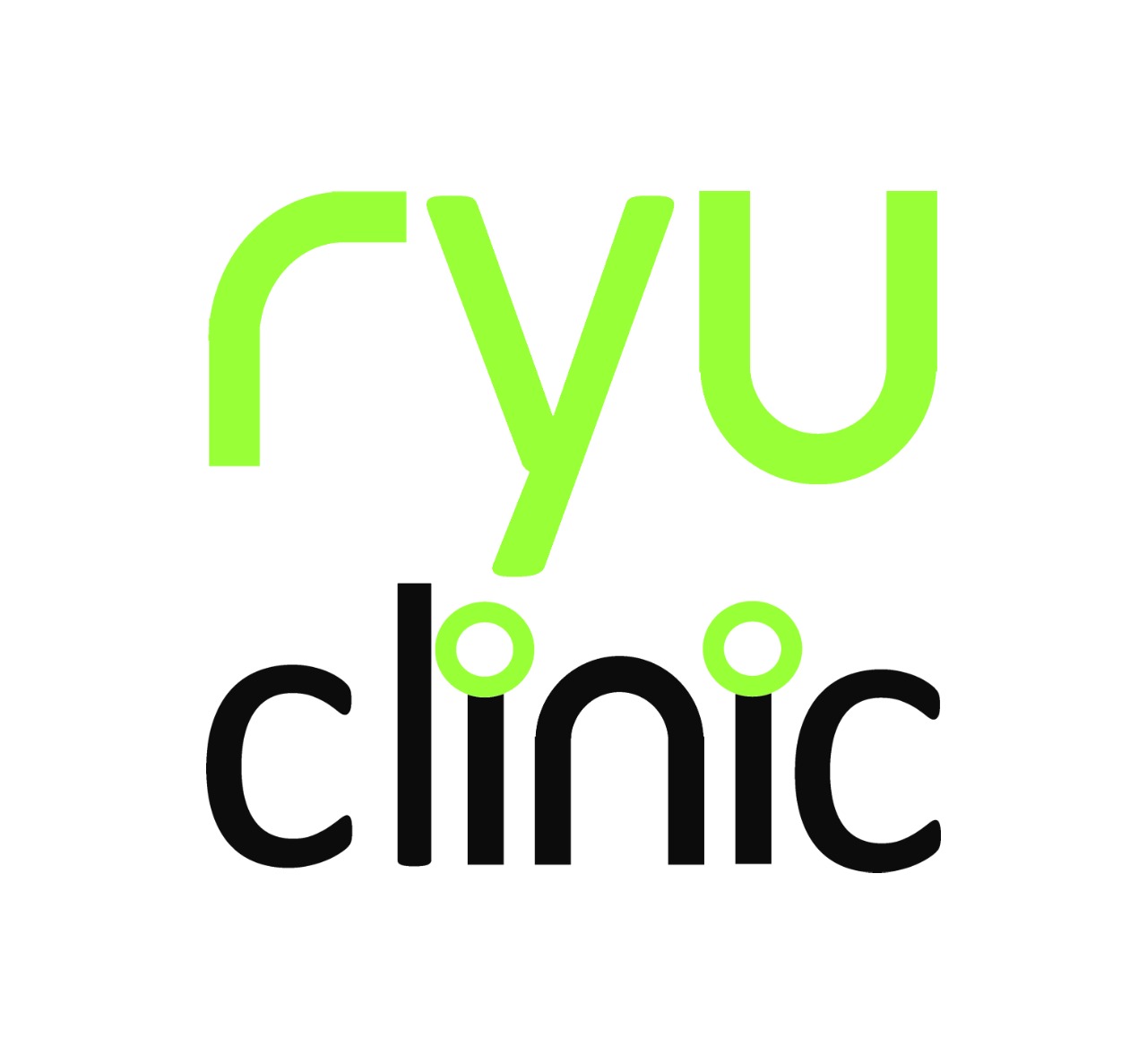Self Care After AcuPoint Injections
You have been given trigger point injections today. This information reviews what you can expect to feel, and reminds you of important things to do during the next few days in order to minimize your discomfort and get the best results possible from the treatment.
What changes have occurred in my body as a result of the injections?
The trigger point injections unlocked knots in the muscles and released a lot of the tension that was present in the injected muscles. Afterwards, these muscles were stretched to their normal length. The treated muscles should be softer than they were before treatment, range of motion may be increased, and the more serious pain should be lessened.
What will the discomfort or pain be like afterwards?
The areas of your body that were injected are likely to be sore. This soreness should be more like the discomfort you experience in your muscles after working out with weights, especially if you haven’t done it for a while and you lifted yesterday. There shouldn’t be “serious” pain in the injected areas. If discomfort is at this level, please call the doctor’s office first thing the next morning. If your injections were done in the morning and this level of pain is present in the early afternoon, please call the doctor’s office to see if you need to come back in that day.
How long will post-injection soreness last?
Usually the soreness after injections will be very similar to the soreness that occurs the day after lifting weights. It typically will last 1 to 2 days, like the soreness after wight lifting. Occasionally people are sore for the week, but this is rare.
What should I do to ease discomfort after injections?
First - drink water - when tension gets released from the muscle, blood can suddenly get in the muscle and cleanse it of toxins. You need to flush these toxins from your body. Drinking water hastens this process, and helps you avoid getting sick from the toxins. People who don’t drink enough water may experience fever, nausea, and general “flu- like” symptoms.
Second - stretch often. A lot of generalized aching can be relieved with gentle lengthening(stretching). You need to keep the muscles from tightening back up. This may require stretching every 10 minutes sometimes, and during other parts of the day, every couple of hours.
Third - use the ball often. The muscles will appreciate a lot of gentle massaging. When the muscle are sore, use the ball gently and “Tender Loving Care”. There is no need to apply a lot of pressure and make it hurt more.
Will moist heat help?
Moist heat should be applied to the injected area to soothe the tissue and help stretch the muscles further and more easily. Moist heat is more soothing and more easily applied in an even fashion than dry heat. You are encouraged to apply moist heat for 15-20 minutes at a time while you stretch. This should be done at least one or two times during the first evening after injections. It is also very important to stretch first thing in the morning under a hot shower. Consider applying moist heat even before stretching, especially if you are having a difficult time stretching and reducing the pain.
Will ice help?
Ice helps some people. Ice will usually reduce pain and swelling. If you have swelling and a lot of pain after injections, try ice and see if it helps you. Some people like the ice to be as cold as possible. Others find it effective if the ice is insulated from the skin by cloth, so that it feels more comfortably cool than frozen cold.
Will massaging the muscle help?
Yes, gently massaging the injected muscles is not only helpful but very necessary. The massage helps increase blood flow to the area, and remove toxins. You will usually find the injected muscles to be tender to touch, so massage them often, and perhaps very gently.
Is stretching important?
Yes, stretching and keeping the muscles from tightening is what will make you better. The injection is only the tool that your doctor used to make the muscle spasm release. It is up to you to keep the muscle stretched out towards its normal and healthy resting length.
How often should I stretch?
You need to stretch often enough to counteract the tendency of the injected muscles to tighten back up. Most people need to stretch at least once every hour during waking hours of the first day. Some people tighten quickly enough that they need to stretch parts of their bodies every 10 minutes for periods of time. By the third day, you should still be stretching the problem areas at least once every 3 hours.
What if I don’t have enough time to stretch?
Many of us have busy schedules and can’t imagine taking the time for moist heat and stretching every hour with the deep breathing technique that were taught. We found that the quantity (stretching often) is more important than how far you stretch. If you don’t have time to “stretch to completion”, with several relaxation breaths in each direction or with each position, then just do one or two breaths and only stretch the muscles that are giving you the most problem. These are the more important muscles to stretch anyway. Repetition of stretching is much more important than the length of time spent doing the exercises. Do not however, try to stretch as far in one or two breaths as you would in six. When time is short, stretch just as slowly, and don’t move as far. It is not as important to stretch further each time, it is more important to keep from tightening back up!
What if I have too much pain to stretch?
This is very rare. You might have too much pain to stretch far, or to stretch in any one position for more than a couple of relaxation breaths, but you will rarely hurt too much to stretch. Remember, stretching is one of the most important parts of the treatment that will help you heal. You must stretch to improve. If you are very uncomfortable, stretch more gently, not as far in any one position, and more often.
When should I call my doctor for an emergency visit?
If you hurt too much to stretch, you need to call your doctor and return to the office for us to work on your body. Very often, we can help make your body stretch, even when you don’t seem able to. No matter how much pain you are experiencing, treatment doesn’t hurt as much as the discomfort you already feel. Additional treatment will help reduce your pain, and make it more possible for you to be able to follow your home program.
When should I take pain medicine?
Pain medication will help “take the edge off” the pain. Don’t expect complete relief and a pain free state after taking medication. Some people prefer not to take medication for pain. We have found that a natural response to pain is a tightening in the muscle. If the muscles tighten, you will hurt more. Taking medication can help reduce the tendency for this pain/tightening cycle to occur. Moderation is important, and your doctor will recommend how often medication should be taken.
Should I get other bodywork?
After trigger point injections, the larger trigger points are much improved and fascia is looser. Chiropractic adjustment will be easier and hold longer. Massage therapy will usually smooth out the “kinks”. Additionally, with the tightest muscles released, the therapists will quickly be able to work on a deeper layer of tissue.


